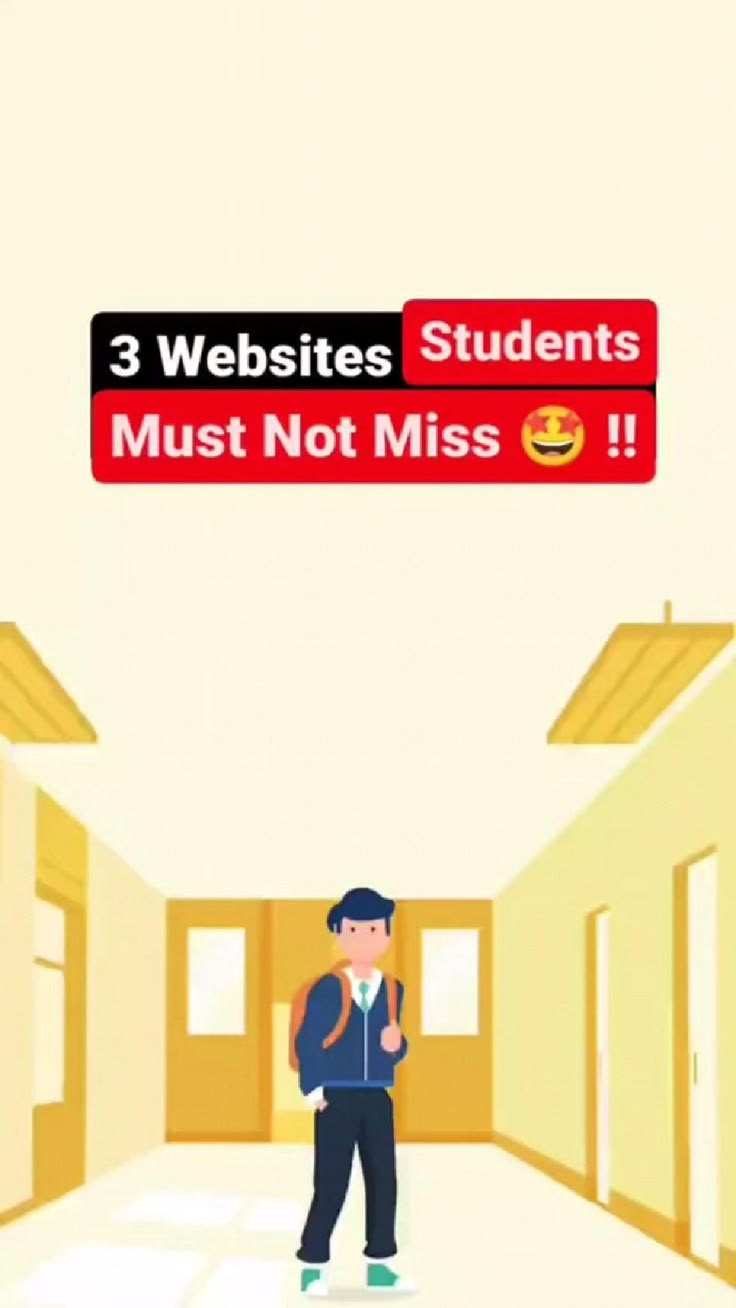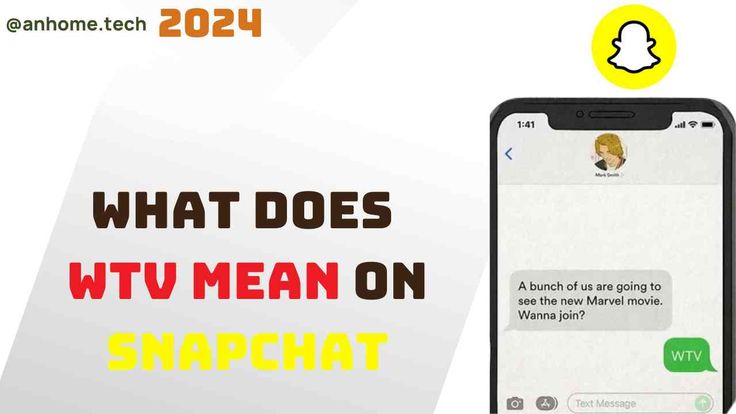When navigating the modern digital landscape, acronyms often dominate text-based communications. One such acronym, WYLL, has recently garnered significant attention, particularly among younger demographics using platforms like Snapchat. But what does WYLL mean, and why is it both widely used and criticized? This article dives into its definition, origins, usage, and cultural implications.
What Does WYLL Stand For?
WYLL is shorthand for “What You Look Like.” It is typically employed in texting and on social media to ask someone about their physical appearance or request a photo. The term’s usage is direct, often serving as an open-ended question in one-on-one conversations. Despite its simplicity, the phrase has sparked discussions around online etiquette, intimacy boundaries, and digital culture.
Examples of WYLL in Conversations
- Direct Inquiry:
- “Hey! WYLL?”
- This example highlights a straightforward usage, often seen during casual conversations on Snapchat or other messaging apps.
- With Context:
- “We’ve been chatting for a while now. WYLL?”
- This scenario often unfolds after building rapport, signaling a desire to know more about the person.
- Sarcasm or Mockery:
- “Got another random ‘WYLL’ request on Snap. Nope!”
- Here, it reflects frustration or mockery of shallow interactions.
Alternative Interpretations
Aside from its primary meaning, WYLL occasionally surfaces as a variation of “Whatever You Like” or even as a stylized spelling of the name “Will.” However, these usages are far less common and context-dependent, making “What You Look Like” its dominant interpretation.
Origins of WYLL
The emergence of WYLL can be traced back to early 2020s internet slang. Its popularity coincides with the growing adoption of Snapchat, a platform heavily reliant on visuals. WYLL evolved as a concise way to request selfies or visual proof of identity, often within the context of casual or exploratory conversations.
By 2022, usage of WYLL became prevalent enough to provoke backlash on other social media platforms. Criticism stemmed from its association with superficiality, as many considered the phrase reductive when used in the initial stages of new interactions. It transformed into a flashpoint for discussions about digital manners and the broader implications of visual-centric online culture.
Platform-Specific Usage
Snapchat
Snapchat users frequently utilize WYLL due to the app’s emphasis on multimedia exchanges. Participants in chats may ask, “WYLL?,” expecting the conversation to escalate into the exchange of selfies or candid photos. However, excessive or unsolicited requests for WYLL are often met with irritation, particularly among users fatigued by repetitive encounters.
TikTok and Instagram
While less prominent on TikTok and Instagram, WYLL occasionally appears in the comment sections, memes, or as part of text overlays in short videos. Here, it leans toward mockery or parody, often ridiculing its casual overuse.
Text Messaging
Text-based interactions use WYLL as a time-saving shortcut. The acronym is valued for efficiency but carries risks of misinterpretation, especially if context is lacking or if the other participant deems the question too intrusive.
Cultural and Social Implications
The brevity and directness of WYLL also reflect shifting norms in digital interaction. Visual validation, as represented by WYLL, sheds light on both the evolution and superficiality of these communications.
The Criticism of WYLL
WYLL is often criticized for reducing interactions to physical appearances, sidelining deeper connections. Many critics argue that beginning conversations with explicit visual expectations perpetuates unrealistic beauty standards and diminishes the importance of substance in relationships.
For instance, social media often sees users lamenting unsolicited WYLL requests. Comments such as, “The first thing he asked was WYLL. Deleting this app now,” underscore growing frustration. This perceived lack of depth signals a broader resistance among many users toward shallow digital exchanges.
Sarcastic Usage
Sarcasm frequently accompanies WYLL mentions online. Individuals respond with quips or outright refusals, as in:
- “WYLL? More important, how about your personality?”
- “WYLL? Tall enough to leave this conversation.”
These instances highlight the growing pushback against the acronym’s overuse and perceived superficiality.
Digital Boundaries
Additionally, WYLL has sparked discussions about privacy and consent in digital communication. Its frequent unsolicited use can come across as intrusive, prompting broader conversations about appropriate behavior in online spaces.
How to Respond to WYLL Requests
Responding to WYLL depends on personal comfort levels and the context of the interaction. Some common approaches include:
- Direct Response:
- Provide a brief description if comfortable and interested.
- Photo Exchange:
- Agree to share pictures if mutual interest exists.
- Humorous Deflection:
- “What I look like? Imagine a superhero with no cape.”
- Firm Rejection:
- “Not comfortable sharing my pics right now.”
Each response reflects individual boundaries, emphasizing the need to respect differing comfort levels.
Final Thoughts
WYLL, short for “What You Look Like,” is a staple of modern online interactions. While it provides convenience and directness, its popularity underscores the challenges of maintaining meaningful connections in a digital age dominated by visuals. Whether you find its use helpful, annoying, or invasive, understanding its meaning and implications equips you to better navigate its role in communication. Always remember to engage meaningfully and respect boundaries in every interaction.

Leave a Reply